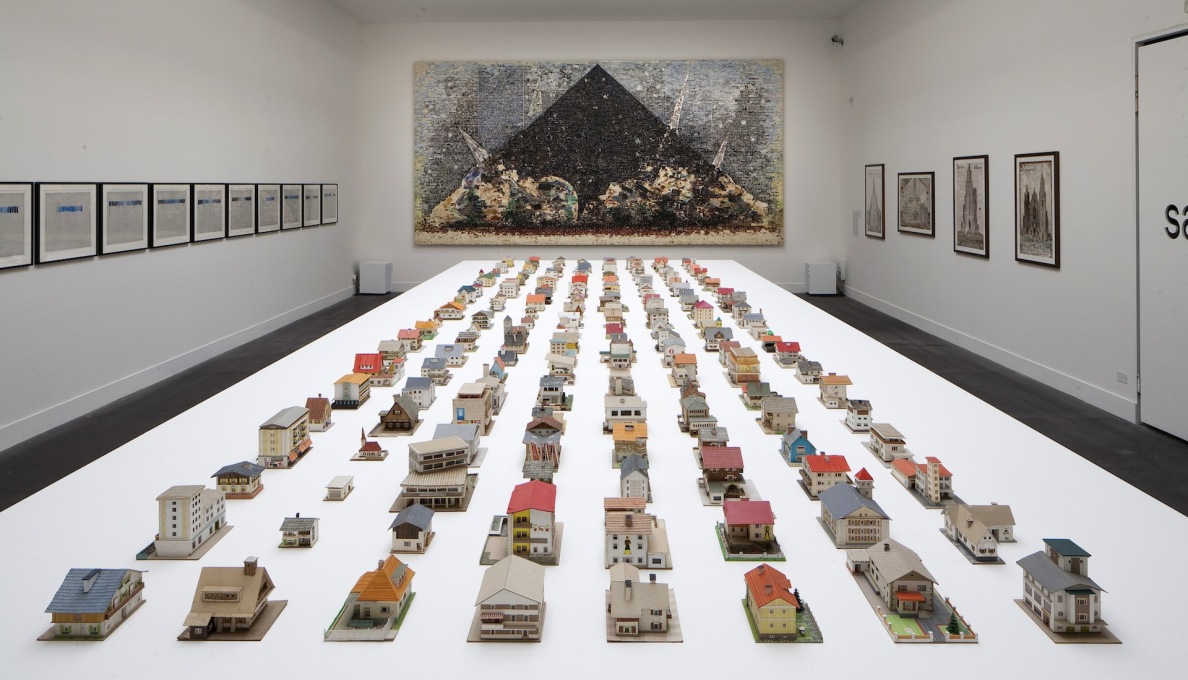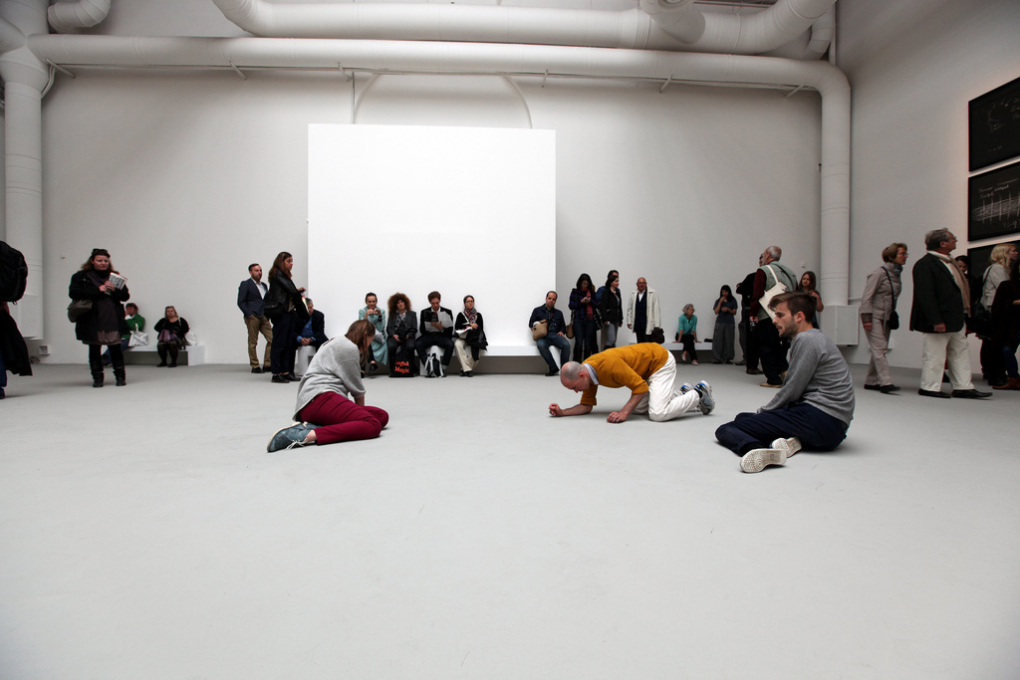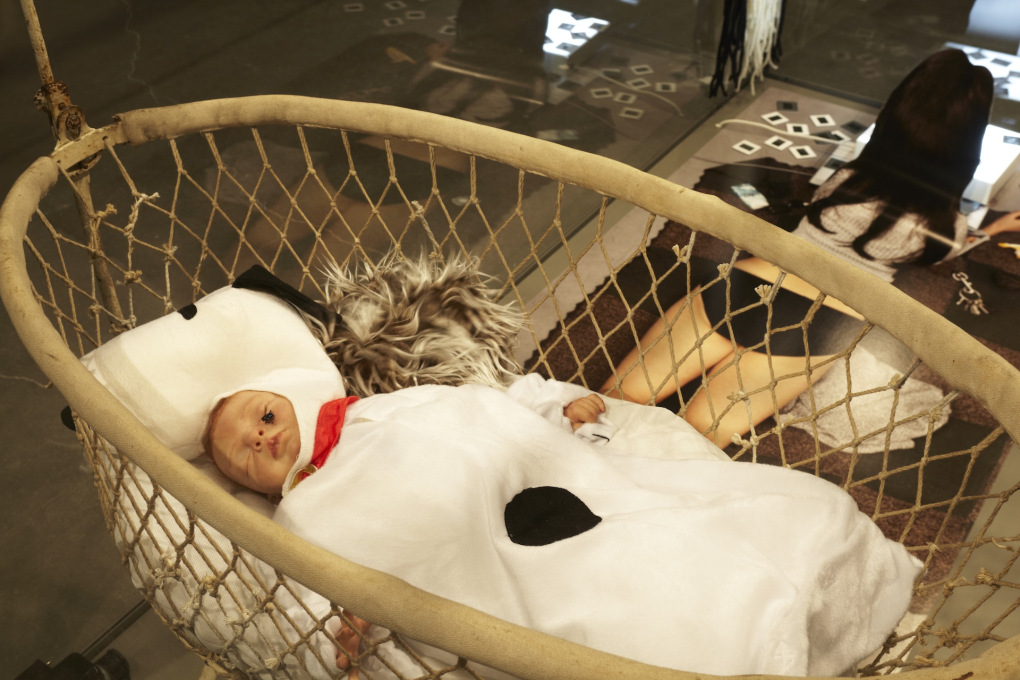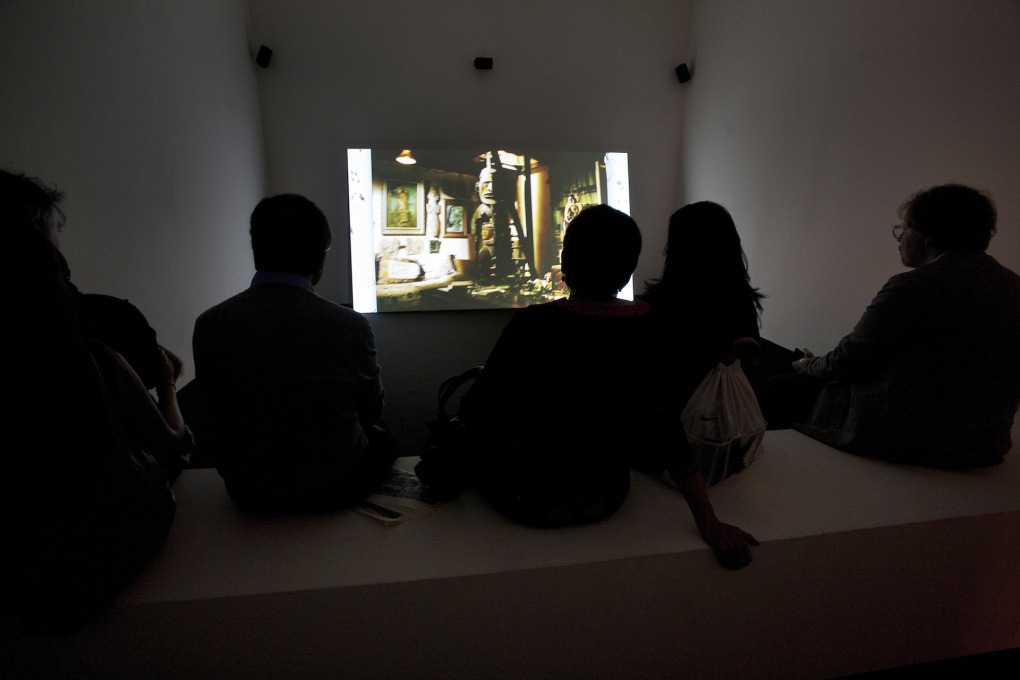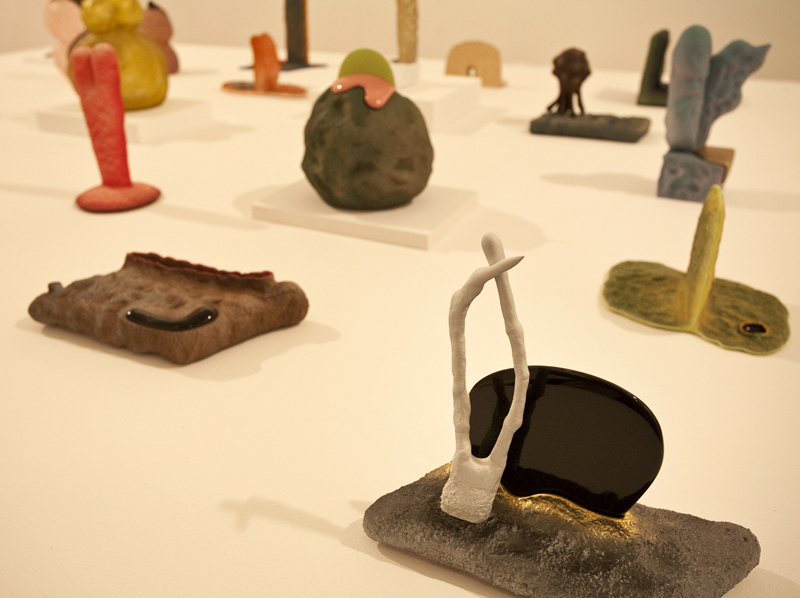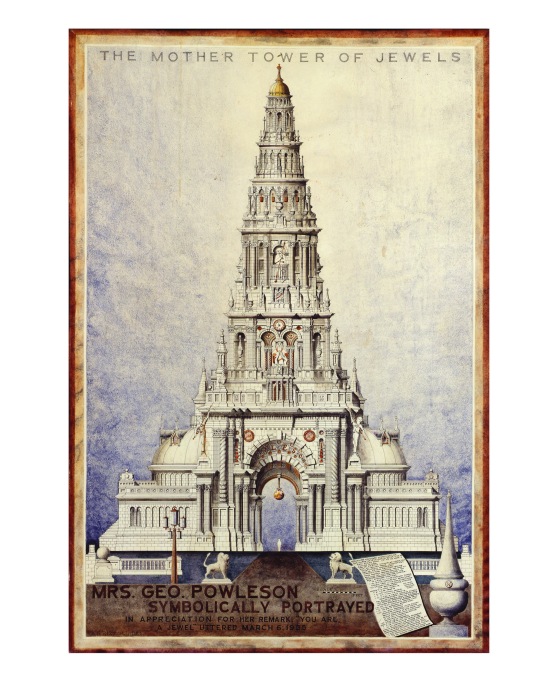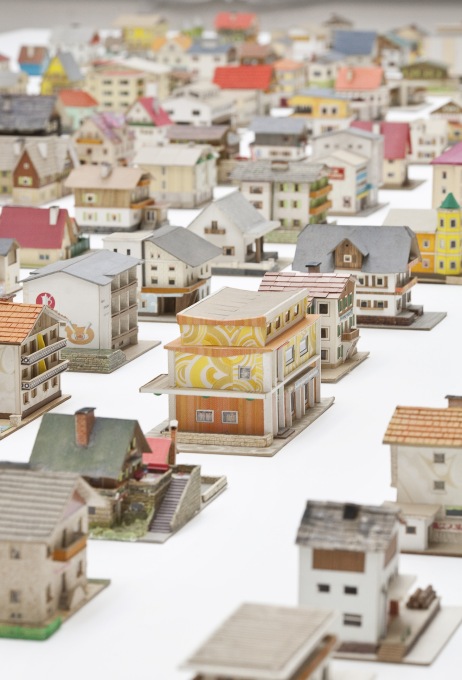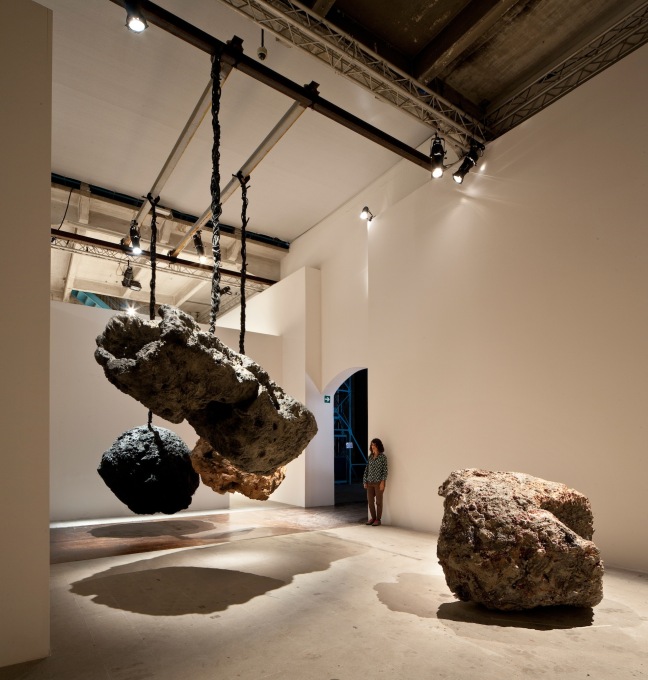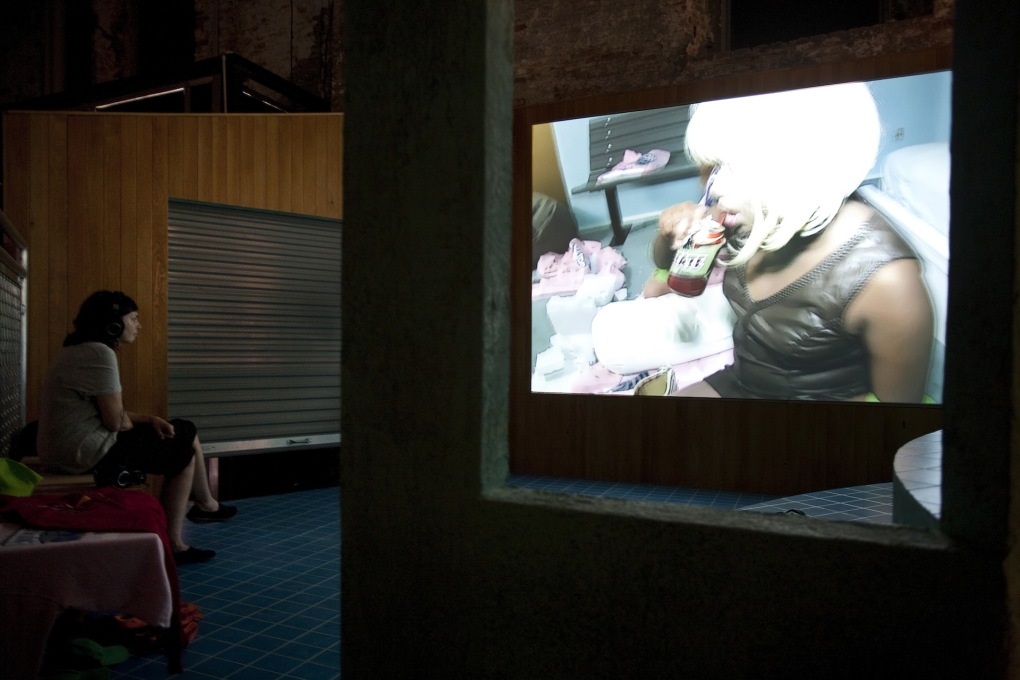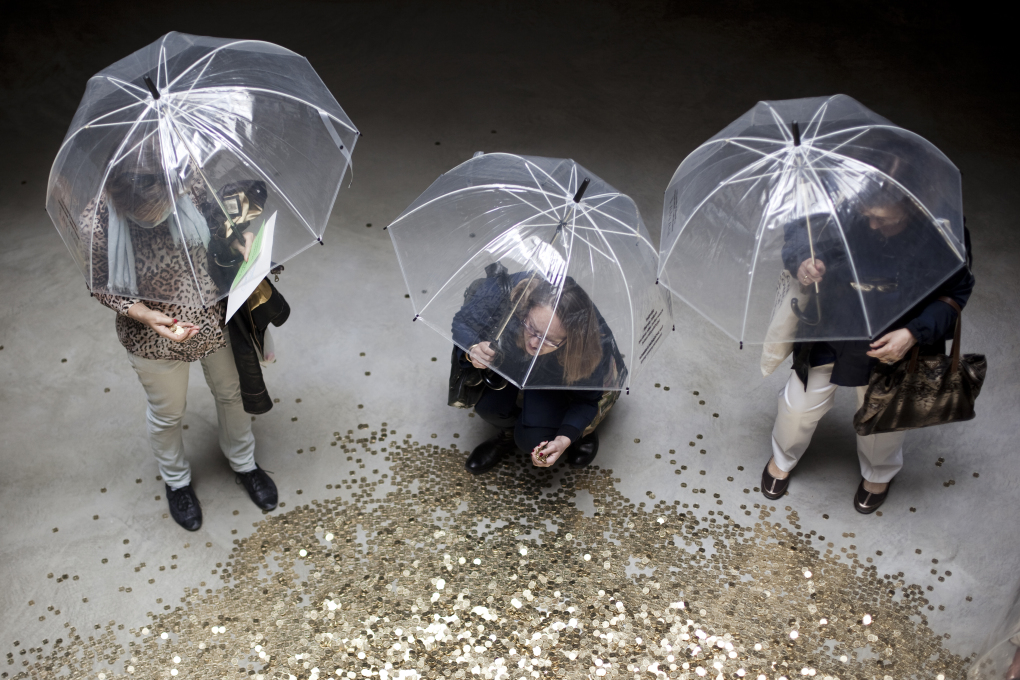The curated core of the 55th Art Biennale, with Massimiliano Gioni at the helm, is less spatially fixated than normal – relatively lacking in enormous immersive installations by blue-chip artists, stalked by their big beast gallerists and attendant retinues – and more focused on things. These things occupy space, of course, but the emphasis is on their massed accumulation rather than their relative positioning. The exceptions to this tactic of object-accumulation being various performance actions, notably Tino Sehgal’s live-action piece that won him the Golden Lion for Best Artist.
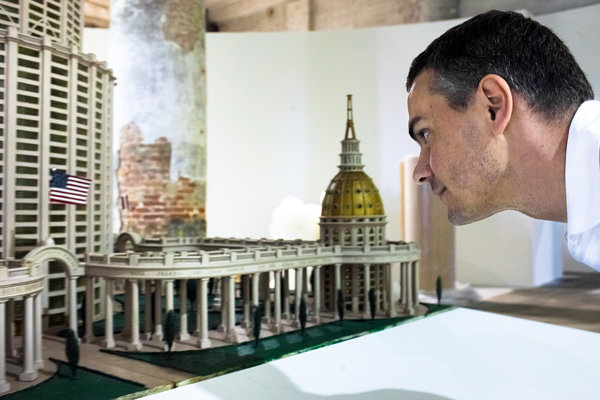
Otherwise, everywhere you look in the Central Pavilion and Arsenale are collections, outpourings, obsessive/compulsive producings, or serial documentations – lots of stuff, much of it amalgamations of smaller stuff: images, paintings, drawings, objects. Even the videos are chock-full of gathered and overlaid objects. Stuff abounds, whether put forth by well-known artists, including Rosemarie Trockel, Peter Fischli and David Weiss, Tacita Dean, Carl Andre, the new and hyped, like Simon Denny or Ed Atkins, the lesser-known and overlooked, such as Ron Nagel or Emma Kunz, or the many whose work tips over the edge into that catch-all category of “outsider art,” like Achilles Rizzoli or Augustin Lesage.
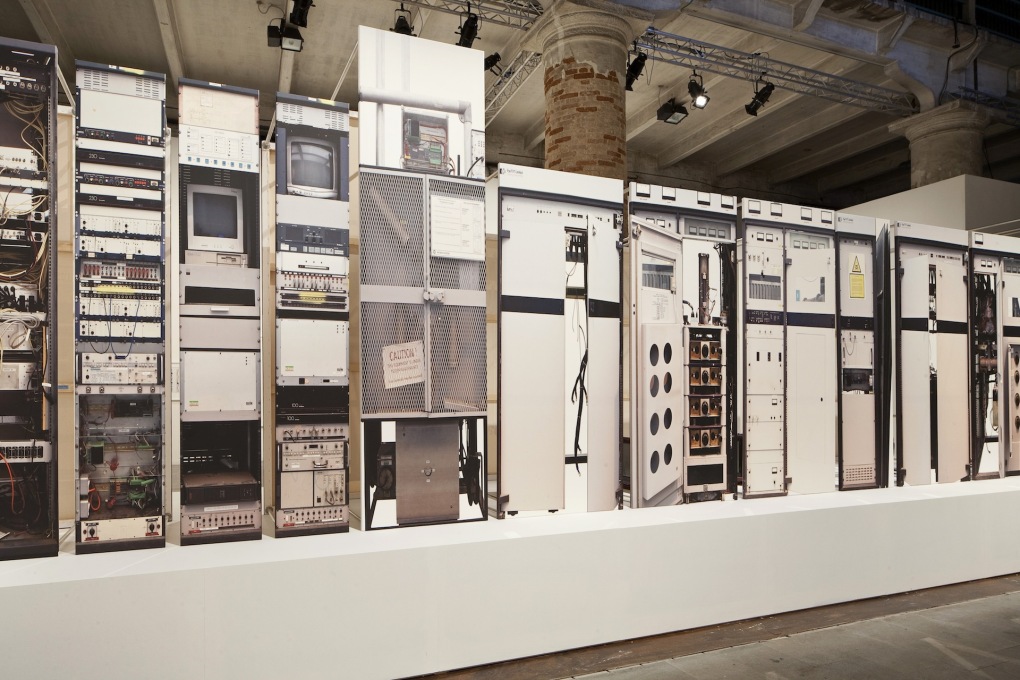
All respond to, or are included within, Gioni’s theme of The Encyclopedic Palace. He took this title from one such self-taught dreamer/artist with an architectural bent: Marino Auriti, who in 1955 filed a design under this title with the US Patent office for a 136-storey, 700-metre building, proposed for a 16-block site in Washington D.C. The real-life version was intended to contain all worldly knowledge – or at least the best thereof. Auriti’s original model, built in his garage in rural Pennsylvania, greets visitors to the first room of the Arsenale. Charming yet ridiculous, it’s a sort of Stalin-does-Hadrian’s-Mausoleum-meets-Dr-Who-Dalek. It neatly encapsulates the human desires for order and the accumulation of wisdom and knowledge, as well as the hopelessness of ever completing this task, plus the mad totalitarian flipside of such a wish.
By setting the framework of the exhibition with this totalizing yet doomed structure, Gioni acknowledges but moves on from questioning the legacy of modernism – its totalization and its totalizing failure – rather than presenting the heavy-handed engagement with this subject that stalks so many art and exhibitions. Unfortunately modernism seems likely to be reprised again in Rem Koolhaas’ Fundamentals theme for next year’s Architecture Biennale in Venice (whisper it: is Rem perhaps one step behind?).
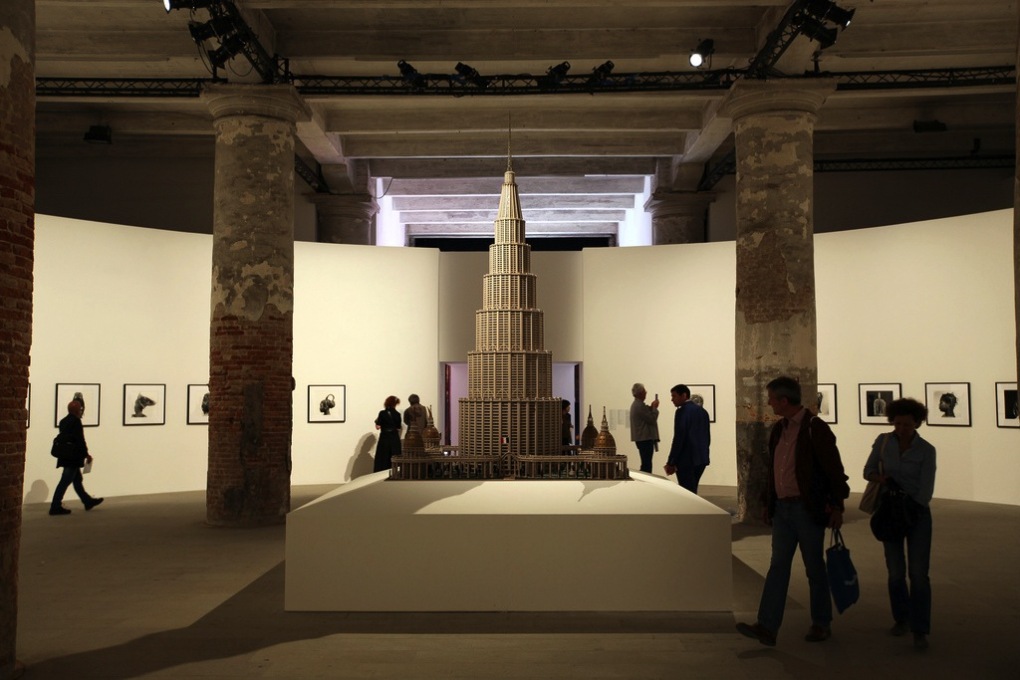
Gioni’s curatorial tactic here is a pooling of fragmentary, many-façeted world-views that nonetheless has a coherence. He presents previous peripheries of art history not as impure off-shoots or half-echoes of “the canon,” but as culture, alive and kicking, carrying on, developing and morphing in spite of art theory. Yet the intelligent curation makes clear that not everything goes – this is no smorgasbord or leveled playing field of art and culture; there are still choices, hierarchies, and ordering systems – just no single or universally-applicable one.
Though at times verging on “museology” overkill (even the room that Cindy Sherman curated in the Arsenale felt suspiciously like a doll museum), and occasionally getting close to a freak-show (“look what this weirdo came up with in his attic in Oslo”), the exhibition manages to strike a balance between many competing factors. It shows exceptional art – both new and familiar – while treading the line dexterously between art show and natural history or ethnography museum, without negating the boundaries between these modes of display. This visitor enjoyed experiencing faux sweeps of pseudo-history from protean and Golemesque objects and sculptures, like those of Hans Josephson and Phyllida Barlow, to the seeming fall-out, excess and exhaustion of late-capitalist digital culture in videos by Ryan Trecartin.
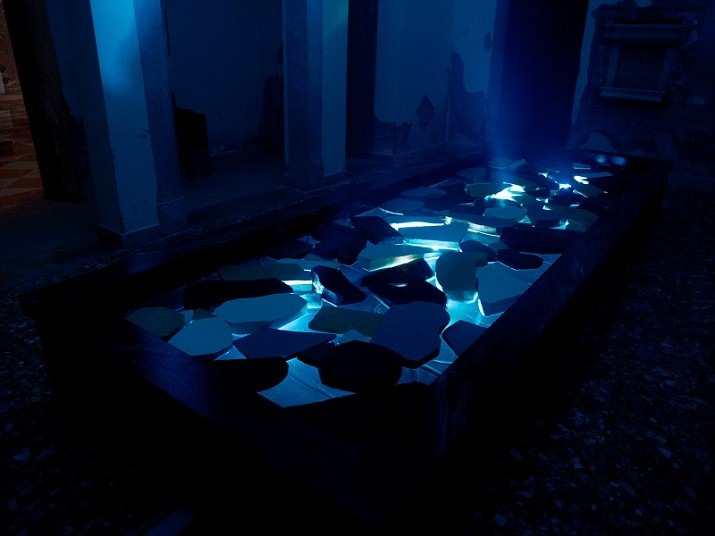
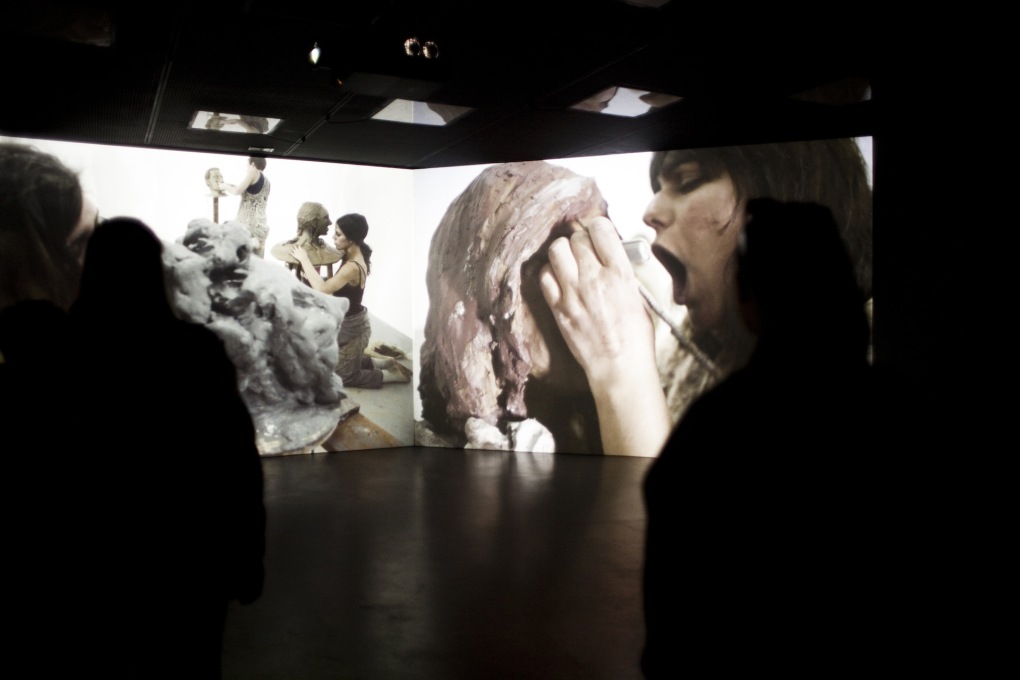
Few pavilions match up to the central exhibition’s drive, but there are great echoes of it to be found. In Bedwyr Williams’ installation at the Welsh Pavilion, the viewer is led on a dark journey across a mix of telescopic and microscopic deep space, a life/universe cycle of breakdown and renewal. Gilad Ratman’s totemic clay heads in Israel’s pavilion, surrounded by videos of their cult-like creations, form a profound story about human origins.
Money talks in two pavilions, but says different things. At Russia, Vadim Zakharov riffs off the myth of Danaë, subjecting female visitors to a fairly literal shower of gold. This humour is absent from the sumptuous triple-screen but ultimately bleak display in the Greek pavilion by Stefanos Tsivopoulos, where systems of value and exchange are questioned through the stories of three figures: an immigrant surviving off scavenging scrap metal, an iPad-wielding artist, and an art collector descending into dementia. These two pavilions comment less-than-obliquely on the pressing economic issues in their respective countries: excess and corruption in one, meltdown in the other.
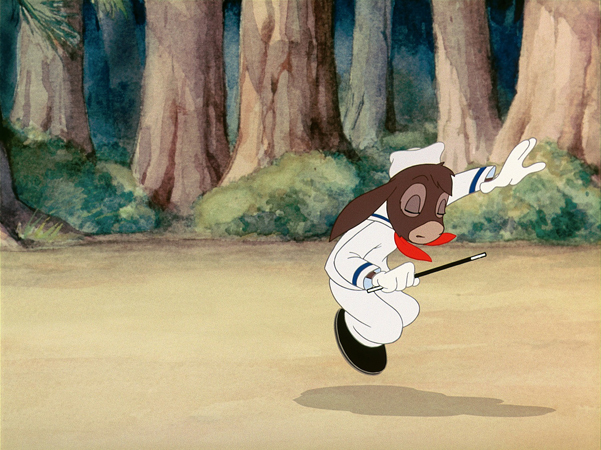
Other favourite pavilions circle the Biennale’s theme obliquely. The simulacrum of a Disney short by Mathias Poledna in the Austrian pavilion presents the glossy artificial wholeness of its world, steeped in sentiment, and carefully deconstructs it. The sheer effort behind its sophisticated production is revealed: the myriad of artwork, production and orchestral effort needed to produce only a few slick minutes of film. And Lara Almarcegui has filled the Spanish pavilion with a particle-ized doppelgänger of itself: piles of ground stone, glass and sand – the equivalent volume of different materials used in its construction. So lots and lots and lots of little pieces. As Gioni reminds us, it’s all just stuff. We make the meaning out of it.
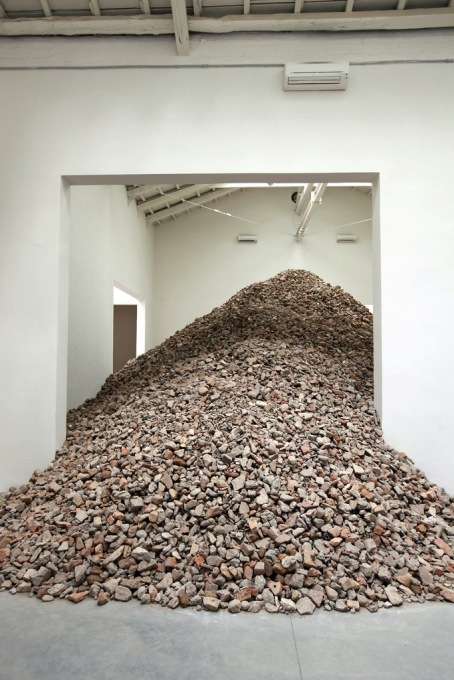
For an introduction to the theme of The Encyclopedic Palace by Massimiliano Gioni please see here.
The Encyclopedic Palace / Il Palazzo Enciclopedico
1 June – 24 November, 2013
Giardini–Arsenale, Venice
– Rob Wilson, Venice/Berlin




